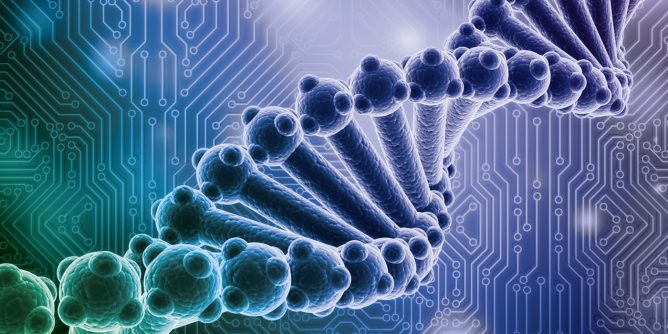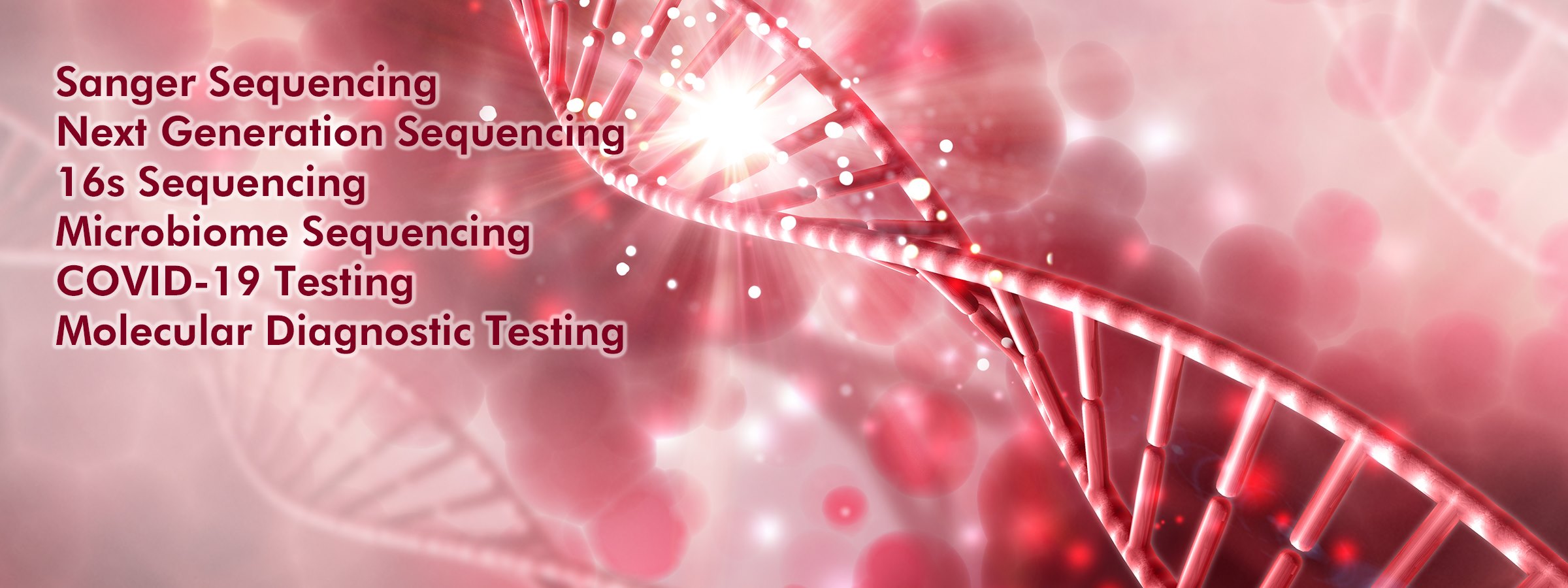
Sanger sequencing is also called the chain termination method. This is particularly an important method that helps in the proper determination of the DNA nucleotide sequence.
The method of NGS sequencing services was first developed in the year 1977 by the two-time Nobel Laureate Frederick Sanger and therefore, it is named so.
Working Methodology Of The Sanger Sequencing

- For many of the years, the Sanger Sequencing performed by the capillary electrophoresis was regarded as the gold standard.
- This mainly starts by having a short primer binding next to the desired region. Now, the primer will be further extended by the polymerase specifically in the presence of 4 nucleotides.
- In this step, also there will be the addition of complementary nucleotide from the template DNA strand. Again, for finding out the proper composition of the DNA sequence, it is important to bring this reaction to a defined stop.
- This again helps in the identification of the base at the end portion of a specific fragment of DNA. Sanger performs this step by removal of an oxygen atom specifically from the ribonucleotide. This particular nucleotide is known as the dideoxynucleotide.
- The polymerase enzyme is now unable to add normal nucleotides onto the chain of DNA. This stops further expansion and now, it becomes important to identify this.
- A certain fluorescent dye is mainly used for the proper identification of the chain of terminating nucleotide. Therefore, the Sanger Sequencing contributes to the formation of diverse lengths of the extension products that are terminated at the 3’ end with the dideoxynucleotides.
- In this case, Capillary Electrophoresis is considered to be the best procedure for the separation of extension products.
- An electric current is also injected into the molecules specifically into a long glass capillary that is filled with a gel polymer.
- During this particular process, there is the application of an electrical field with the help of which the negatively charged DNA moves in the direction of the positive electrode. Also, the speed of migration of the DNA fragment through the medium is known to be inversely proportional to the molecular weight.
- This procedure again helps in the separation of the extension products by their size specifically at one base resolution. As the laser passes through a little window present at the capillary end, the DNA fragments which are labeled by the dye are excited.
- In this case, a light sensor detects light at a specific wavelength which is emitted by the excited dye. Then, the software can detect the signal and thereby translate it into a base cell.
- Whenever the sequencing reaction takes place particularly in the presence of 4 terminated nucleotides, you will get a pool of the DNA fragments which are measured and also separated base by base.
- Ultimately, you will get a data file that shows the DNA sequence in a colourful electropherogram.
Final Words
So, this is how this process takes place. One important thing that you should know about is that both Sanger Sequencing and PCR make use of similar starting materials.
Please follow and like us:






